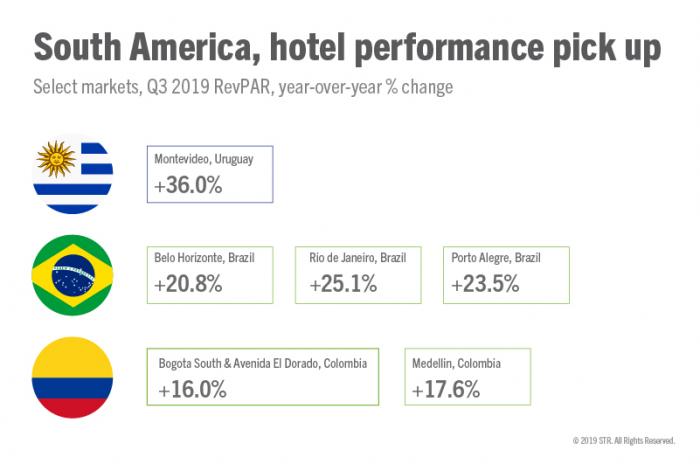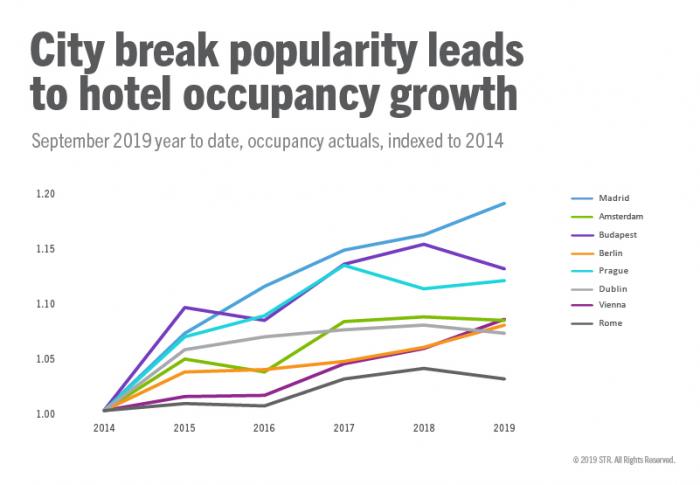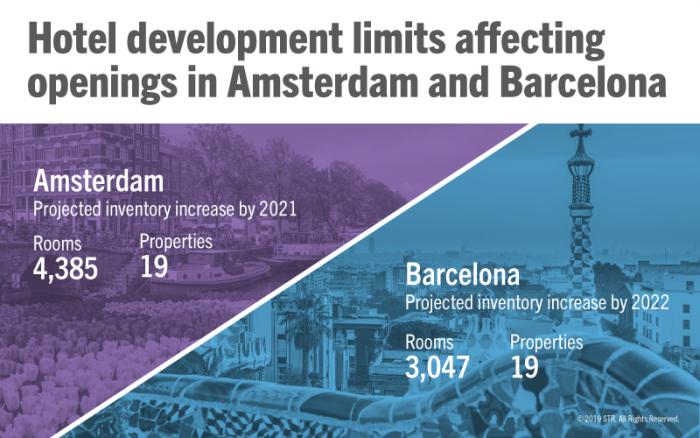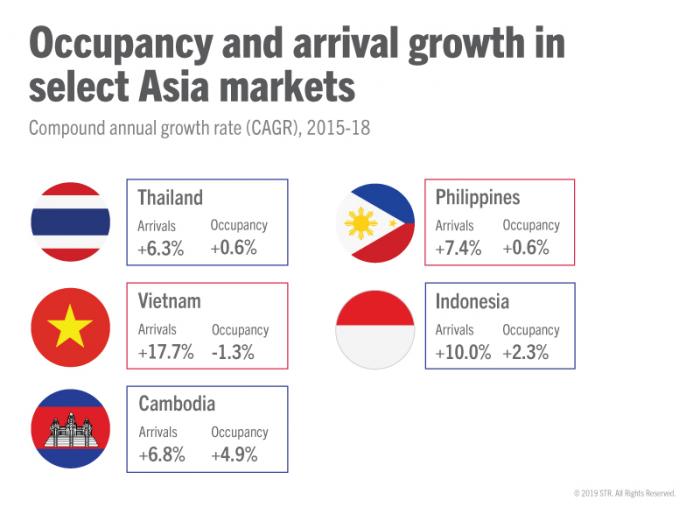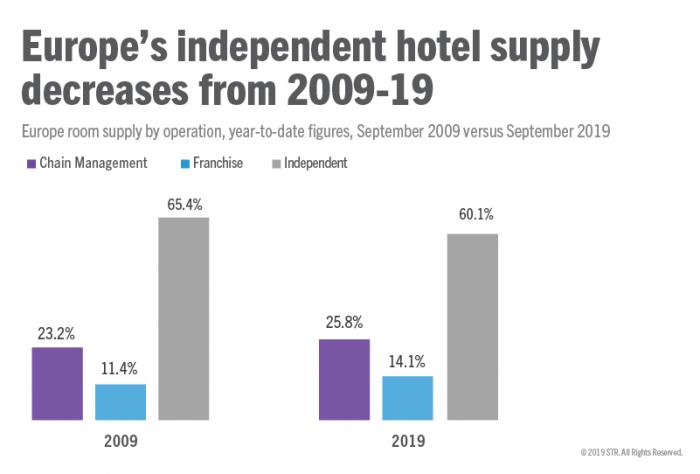As 2019 comes to an end and the hospitality industry welcomes 2020, we’ve taken a look at six trends that have shaped hotel brands and guest experiences in recent years. More importantly, we delve into whether these trends will continue into the new year and beyond?
From market growth trends, to overtourism and destination demand impact on travel agents and properties, it’s an interesting period for hospitality and an even better time to analyze why.
Performance picks up in South America
When it comes to a cluster of markets reporting significant growth in revenue per available room (RevPAR), look no further than South America—where several markets enjoyed a successful third quarter of 2019.
Uruguay reported 26.7% RevPAR growth in Q3, a result of an 18.5% uplift in occupancy and a 7.0% jump in average daily rate (ADR), driven by double-digit increases in its capital, Montevideo. Supply growth outpaced demand in the country between 2013 and 2018, but the tide turned between January and September of 2019. Tourism is key to the country’s success, which recently revealed a goal of 400,000 cruise passengers by 2025 that looks to be on track. The 2017-18 tourism season brought 242,000 passengers, and that number was projected to rise 24% in 2018-19. Don’t expect this trend to stop any time soon, as Uruguay was named in Lonely Planet’s ‘Best in Travel’ top 10 destinations for 2020, with vast shoreline, progressive social policies and a laid back vibe as just a few of the reasons to visit.
